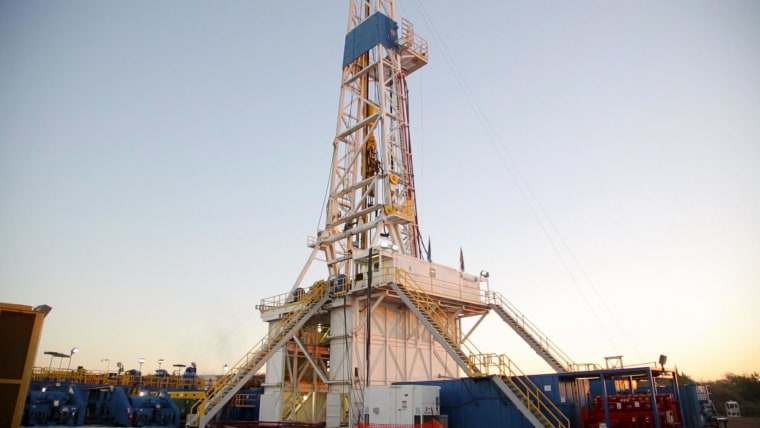NEW YORK - Oil fell briefly below $30 a barrel on Tuesday, extending a relentless selloff that has wiped almost 20 percent off prices this year amid deepening concerns about fragile Chinese demand and the absence of output restraint.
The day's near 4 percent drop marks a seventh day of losses for oil. Traders have all but given up attempting to predict where the new-year rout will end, with momentum-driven dealing and overwhelmingly bearish sentiment engulfing the market. Some analysts warned of $20 a barrel; Standard Chartered said fund selling may not relent until it reaches $10.
By Tuesday, the crash had become almost self-fulfilling, with speculators too afraid to buy for fear of being burned by another false bottom.
BP Plans to Cut Around 4,000 Jobs Amid Oil Price Plunge
U.S. West Texas Intermediate crude(WTI) fell 97 cents to settle at $30.44 a barrel, a 3.1 percent loss, after touching a low of $29.93. That was the lowest level since December 2003.
The $30 mark is both a psychological and financial threshold. In recent days, traders have poured money into $30 put options for expiration in February and March. Hedging activity usually picks up as oil prices near big a options level, as buyers and sellers defend their interests. More than 15,000 contracts traded on Tuesday and 18,000 contracts traded on Monday for the February contract, more than doubling Friday's volumes.
"The momentum is too strong to the bearish side, even if fundamentally nothing has changed," said Dominick Chirichella, a senior partner at Energy Management Institute.
With prices now below break-even costs for many producers, particularly in the once-thriving U.S. shale patch, and the costly Canadian oil sands producers barely making $15 a barrel, an extended slump has caused financial pain to flare across the world, threatening corporate bankruptcies and fiscal strain.
Benchmark Brent crude had dropped 97 cents to $30.58 a barrel, for a 3.1 percent loss, after hitting a low of $30.34.
Prices firmed early in the day after a deadly suicide bombing rocked central Istanbul, and Nigeria's oil minister said a "couple" of Organization of the Petroleum Exporting Countries members had requested an emergency meeting.
But they then nosedived anew after the United Arab Emirates oil minister quashed talk of a possible meeting, saying the group strategy was working. OPEC has rejected calls by some of its members to curb output, opting instead to pump full throttle to defend market share rather than shore up prices.
Oil has tumbled more than 18 percent this year alone, the worst seven-day run since the financial crisis. The long list of negative factors also includes the weakening economy and ailing stock market of No. 2 consumer China, the rising U.S. dollar, which makes oil more costly, and the surprising resilience of U.S. shale drillers in the face of the price slide.
